Photo Gallery for Suleima helianthana - Sunflower Bud Moth | Photos: 18 |
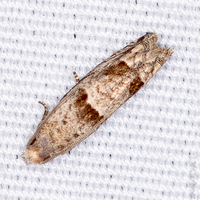 | Recorded by: David George, L. M. Carlson on 2022-07-25
Greene Co.
Comment: | 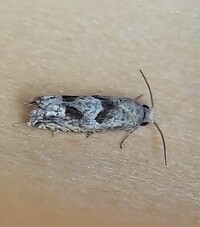 | Recorded by: Gary Maness on 2022-06-20
Guilford Co.
Comment: |
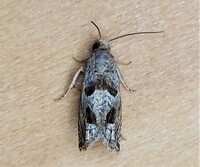 | Recorded by: Gary Maness on 2022-06-20
Guilford Co.
Comment: | 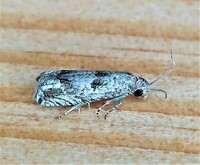 | Recorded by: Gary Maness on 2022-06-04
Guilford Co.
Comment: |
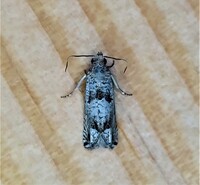 | Recorded by: Gary Maness on 2022-06-04
Guilford Co.
Comment: |  | Recorded by: Gary Maness on 2022-06-04
Guilford Co.
Comment: |
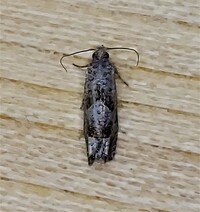 | Recorded by: Gary Maness on 2022-05-21
Guilford Co.
Comment: | 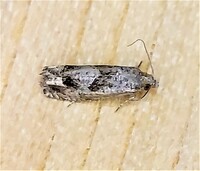 | Recorded by: Gary Maness on 2022-05-21
Guilford Co.
Comment: |
 | Recorded by: Gary Maness on 2022-05-19
Guilford Co.
Comment: | 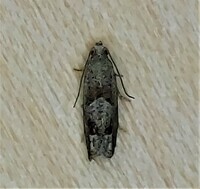 | Recorded by: Gary Maness on 2022-05-19
Guilford Co.
Comment: |
 | Recorded by: Gary Maness on 2020-08-04
Guilford Co.
Comment: | 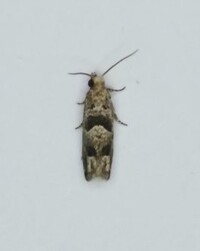 | Recorded by: Gary Maness on 2020-07-26
Guilford Co.
Comment: |
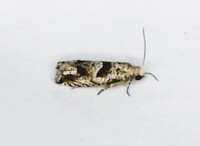 | Recorded by: Gary Maness on 2020-07-26
Guilford Co.
Comment: | 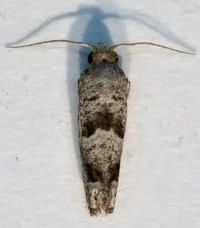 | Recorded by: Gary Maness on 2019-06-14
Guilford Co.
Comment: |
 | Recorded by: Gary Maness on 2019-06-14
Guilford Co.
Comment: |  | Recorded by: Gary Maness on 2019-06-14
Guilford Co.
Comment: |
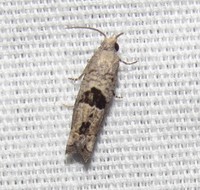 | Recorded by: B. Bockhahn on 2018-07-25
Orange Co.
Comment: | 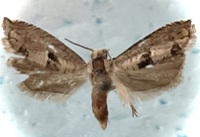 | Recorded by: Darryl Willis on 2016-04-21
Cabarrus Co.
Comment: |
|